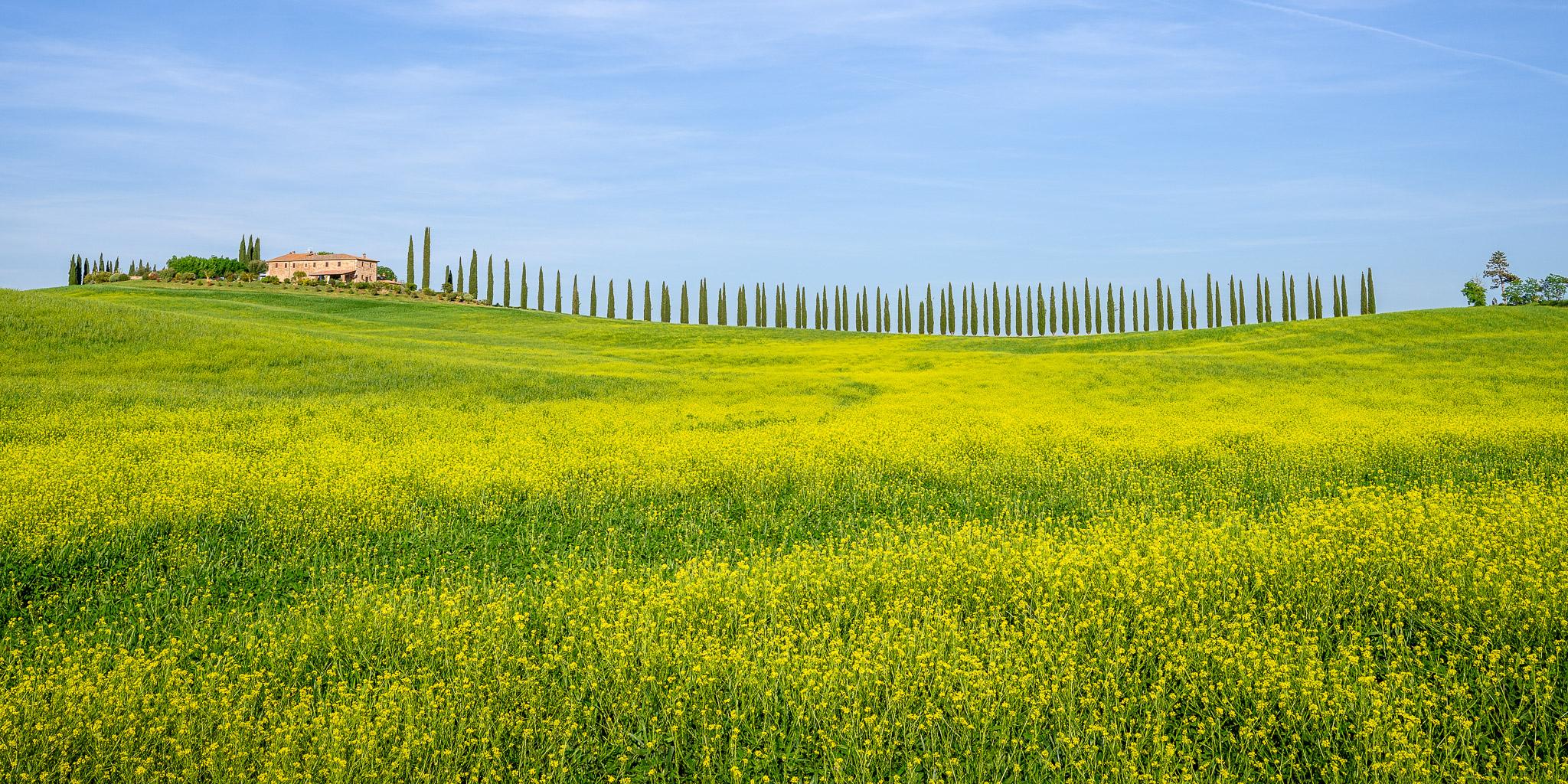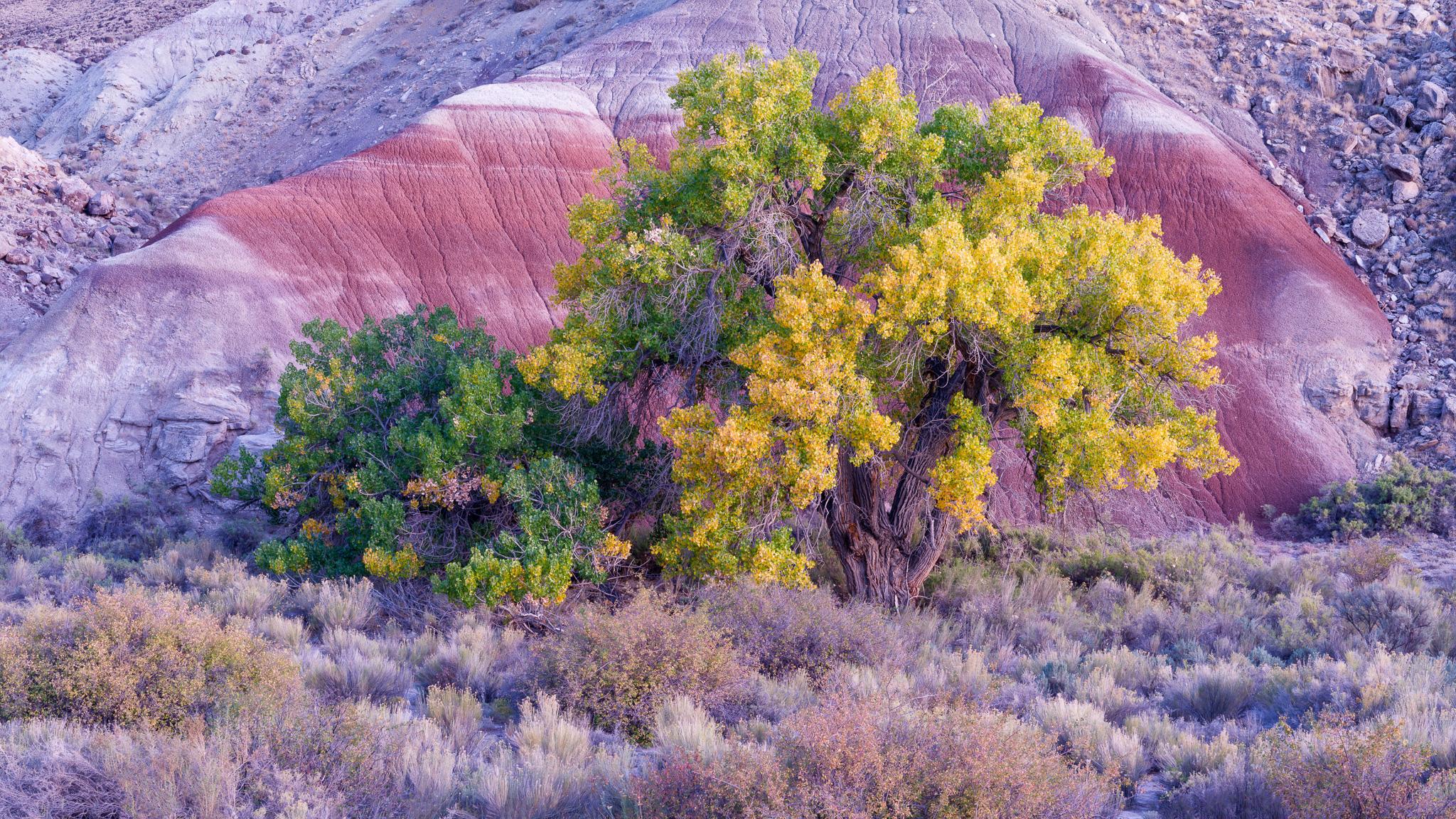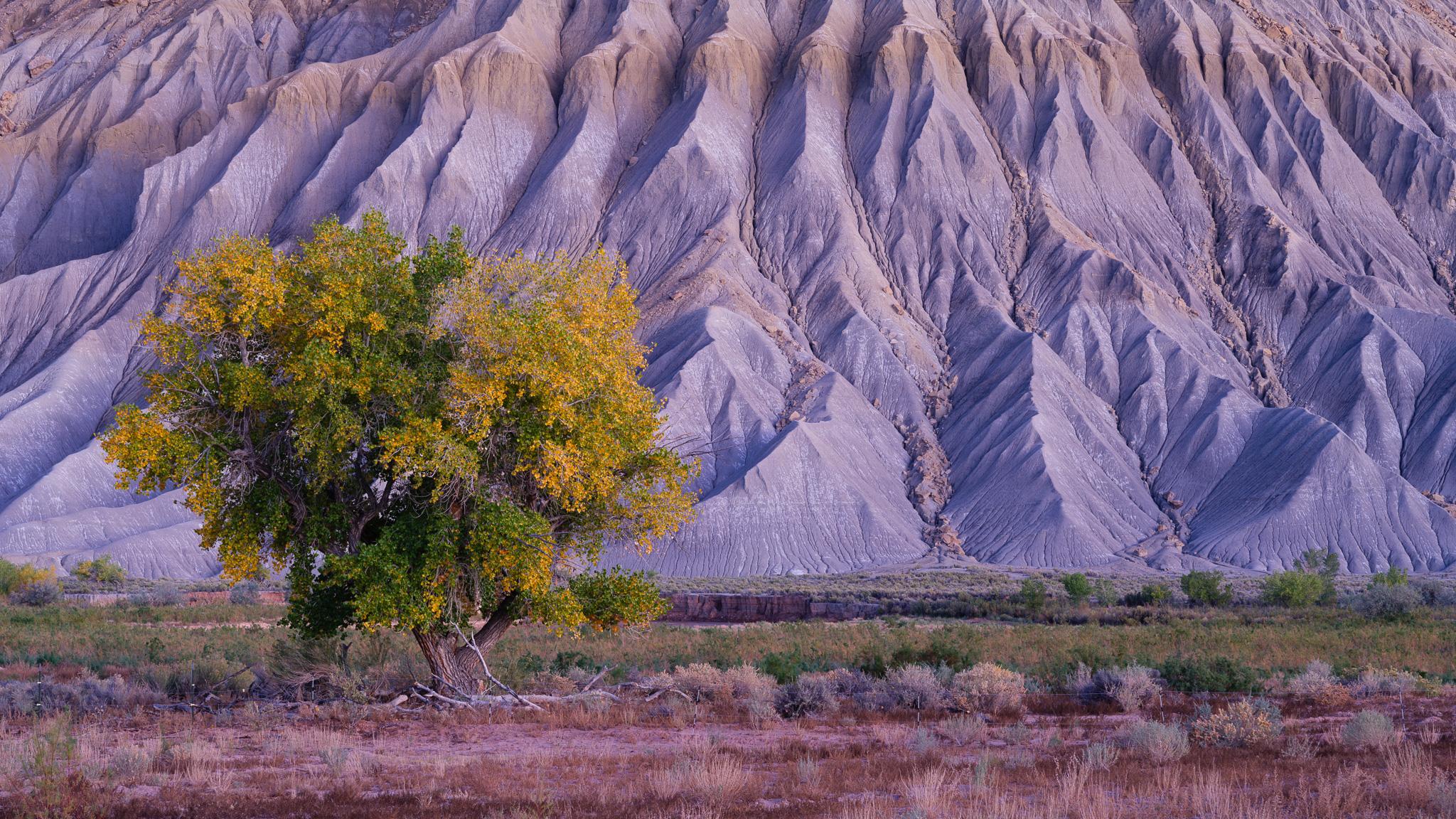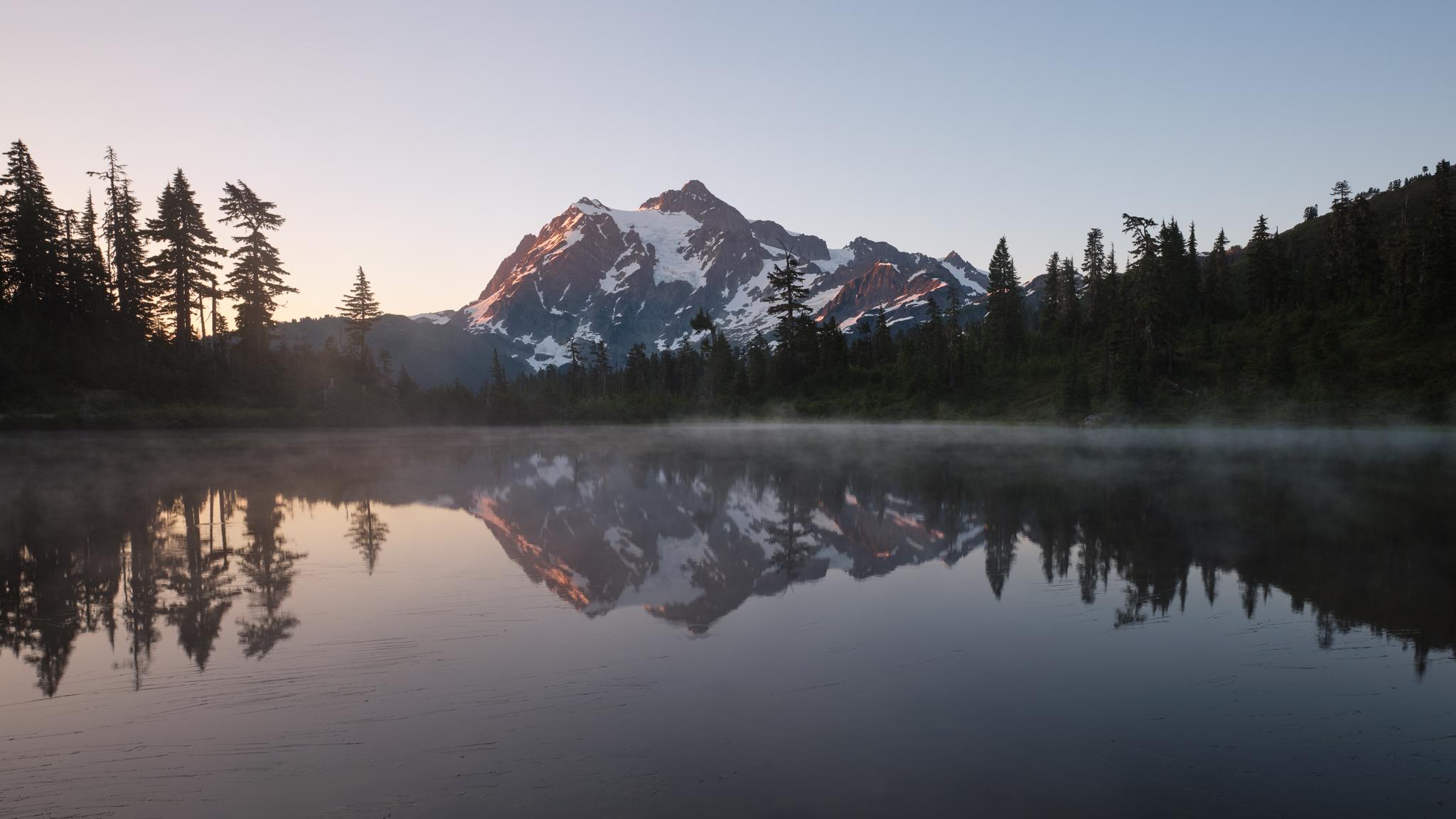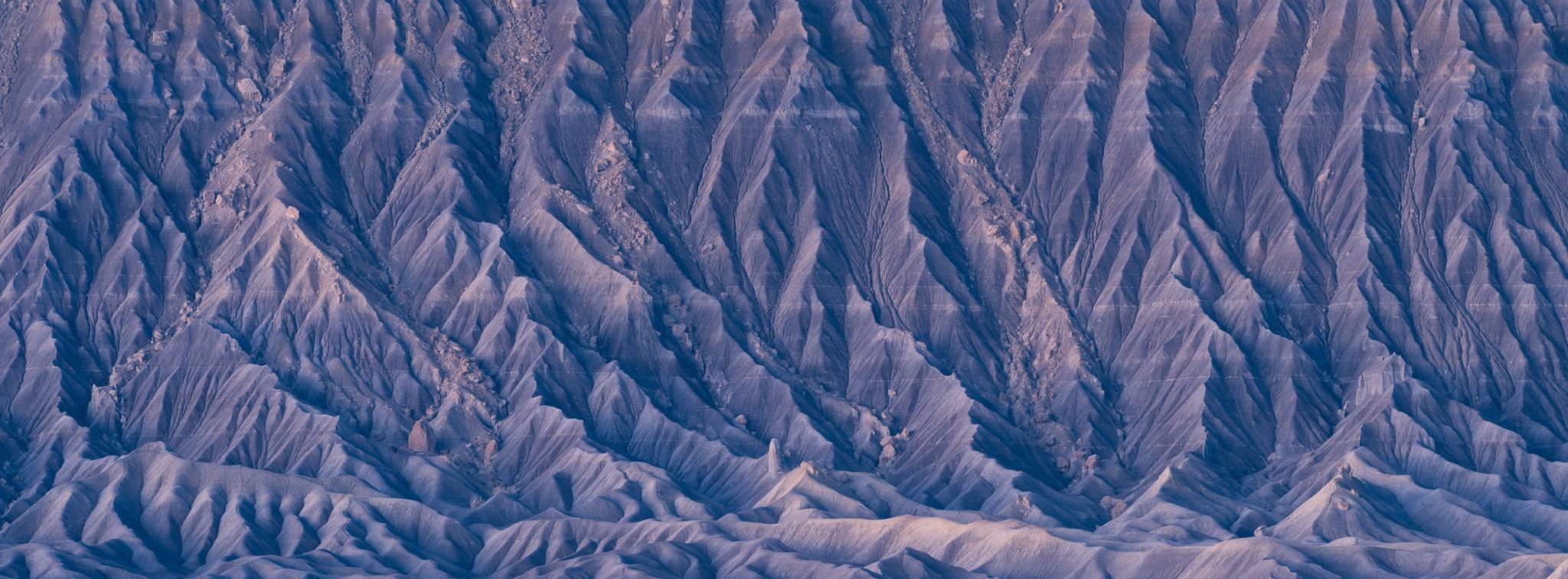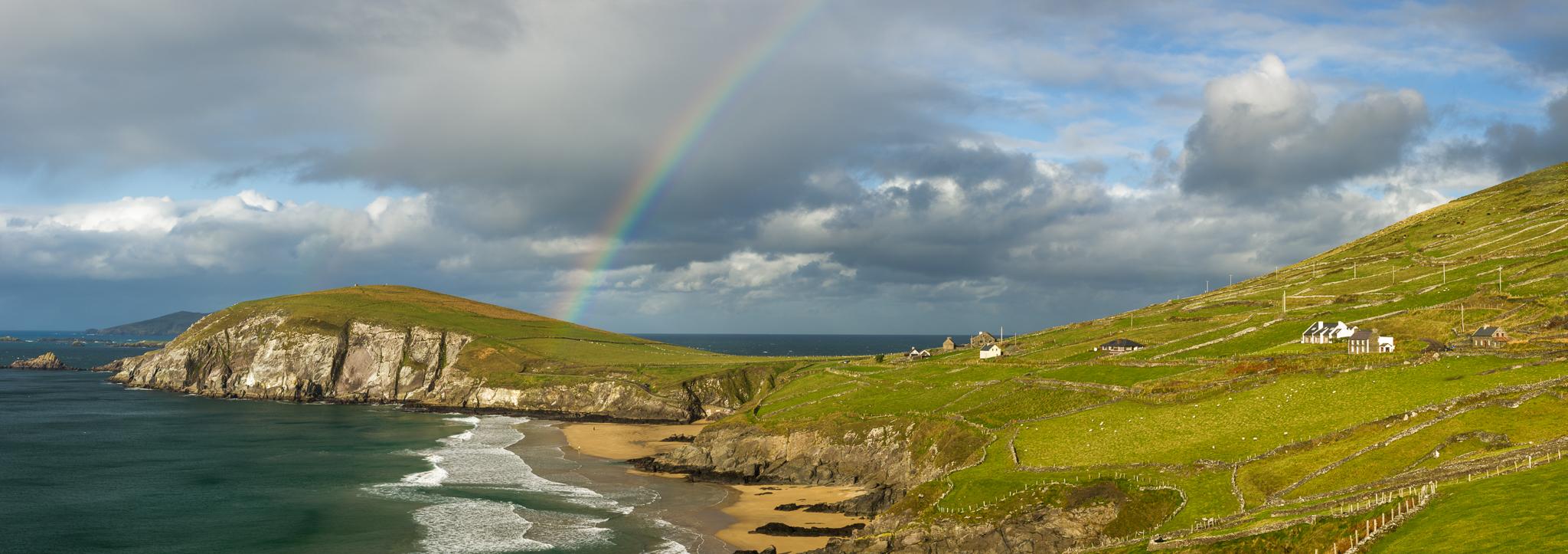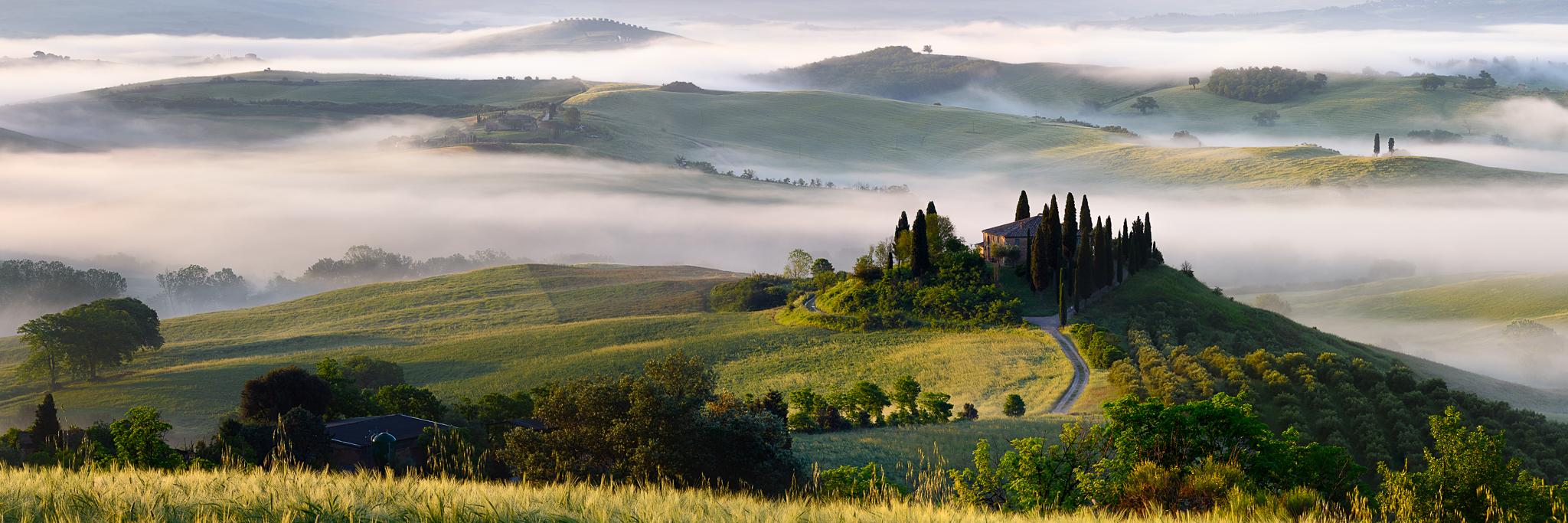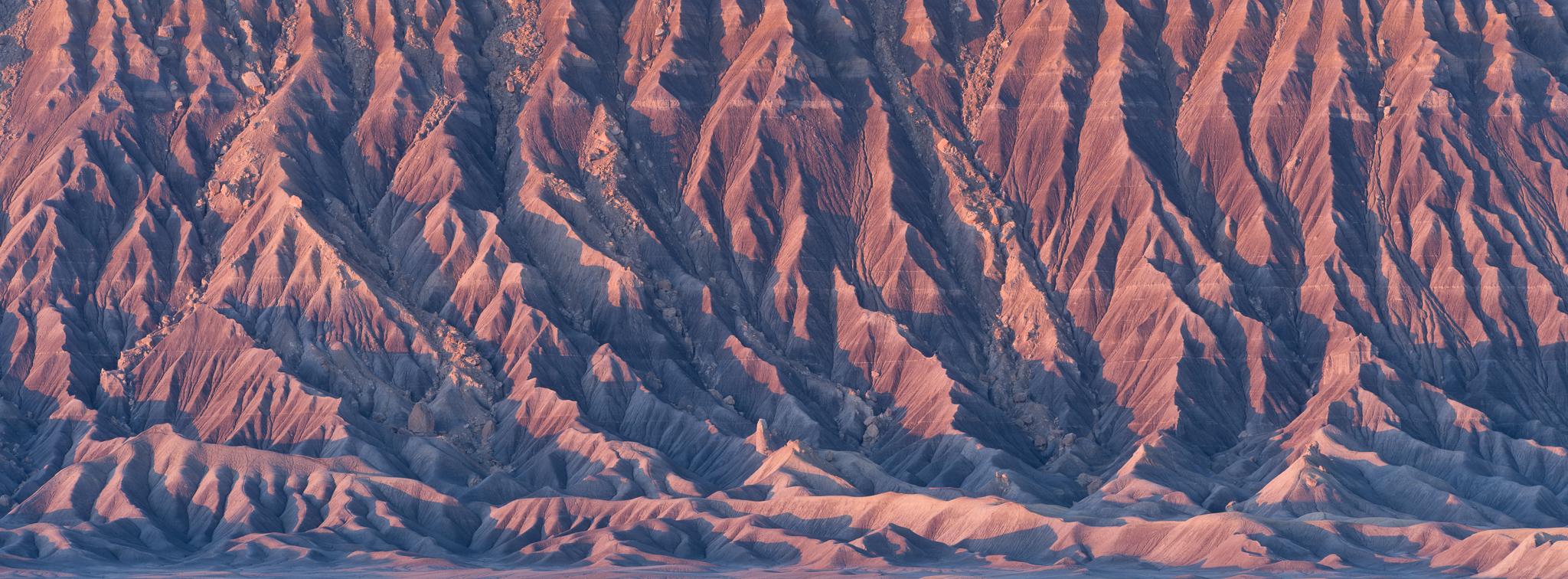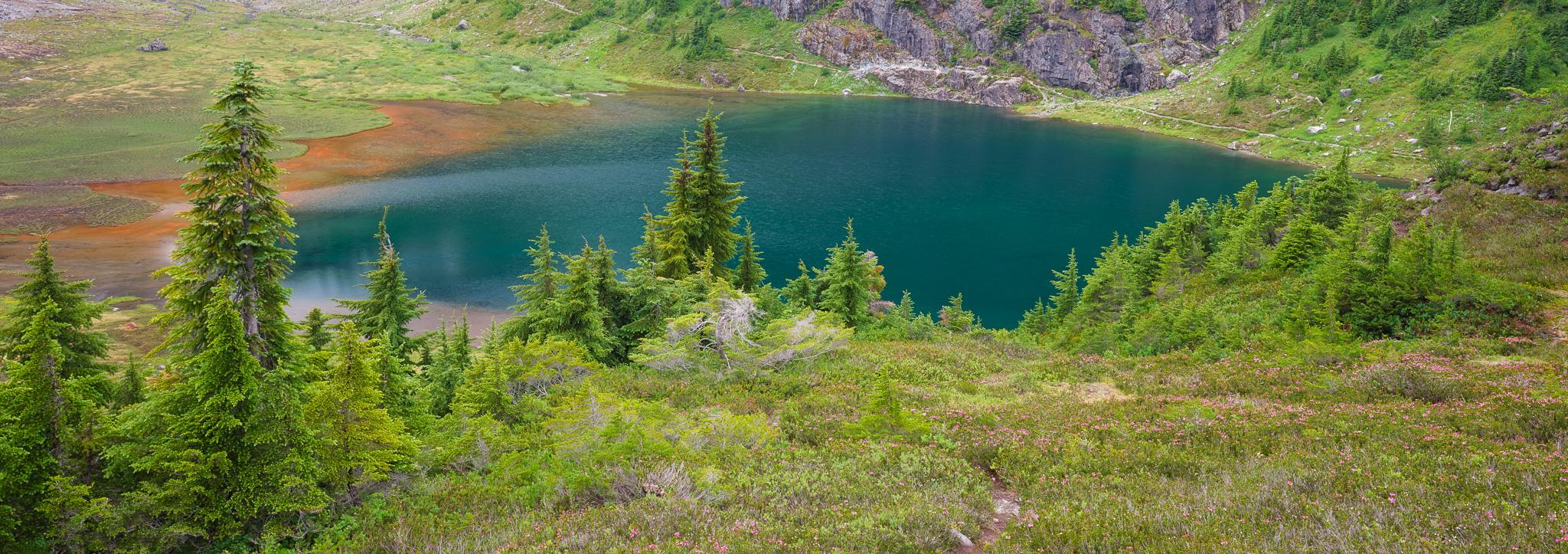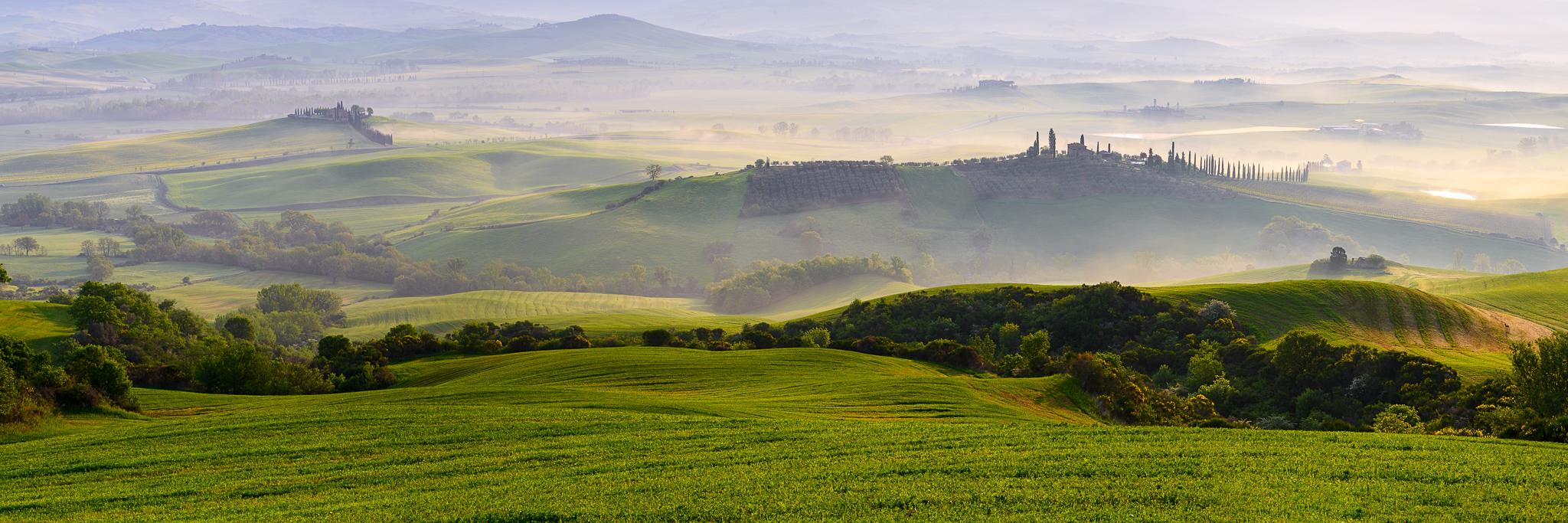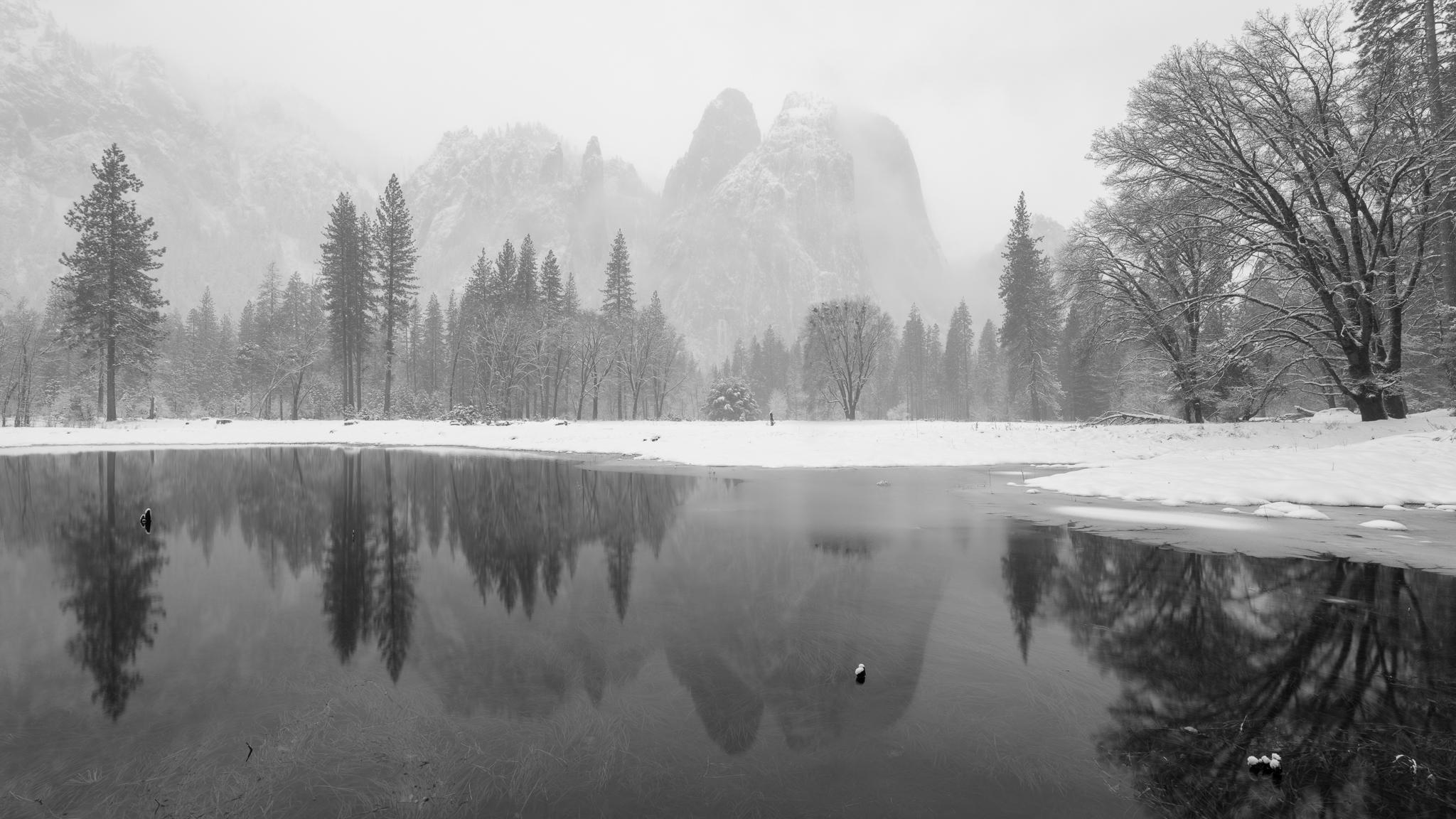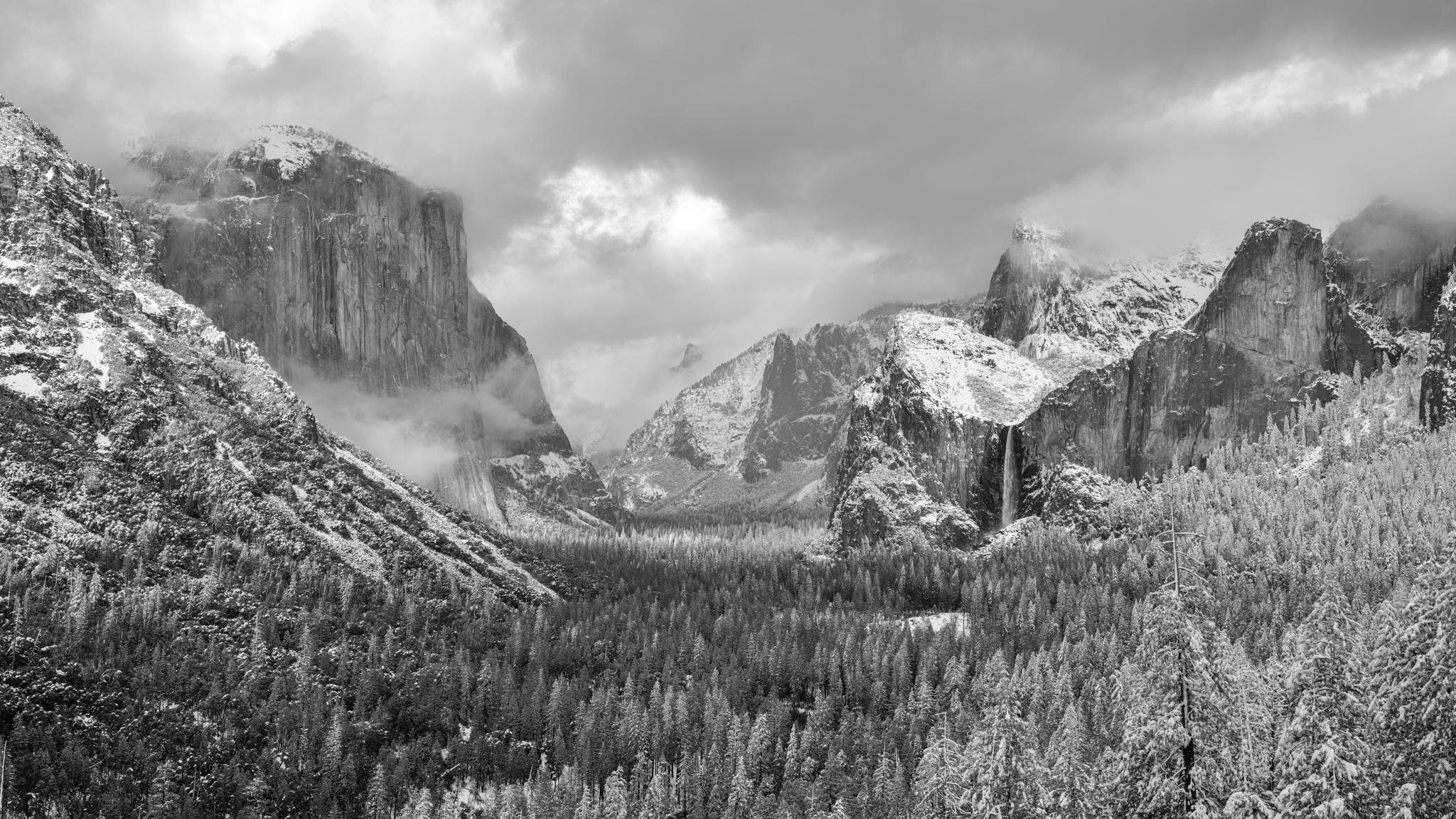Panoramic Landscape Fine Art Prints
Wide-format landscape photography capturing expansive vistas and dramatic horizons across America's most spectacular landscapes.
Museum-quality archival prints • Multiple sizes available • Limited editions
Showing 23 available prints from the Panoramas collection
Panoramic Landscape Photography
Panoramic photography captures landscapes in wide formats that more closely approximate human peripheral vision, creating images that convey spatial relationships and environmental context impossible in standard aspect ratios. The elongated format naturally suits subjects with strong horizontal elements—mountain ranges extending across horizons, sweeping desert vistas, coastlines meeting sky, and river valleys stretching into distance. Successful panoramic photography requires recognizing scenes where width enhances rather than distracts from compositional impact.
Large format cameras facilitate panoramic photography through multiple approaches. Some photographers use specialized panoramic formats like 4x10 or 8x20 inch film that capture extremely wide scenes in a single exposure. Others create panoramas by using camera movements to shift the lens across multiple overlapping exposures on standard 4x5 film, later combining these in printing or digitally. Both methods maintain large format's exceptional resolution and tonal quality while expanding the compositional possibilities available to landscape photographers.
Compositional Challenges in Panoramic Photography
Panoramic formats present unique compositional challenges compared to standard aspect ratios. The extended horizontal dimension requires strong compositional anchors to prevent the eye from wandering aimlessly across the frame. Leading lines, repeating patterns, or a series of visual interest points help guide viewer attention through the elongated composition. Foreground elements become particularly important for establishing scale and depth, while the expanded sky area demands interesting cloud formations or atmospheric conditions to avoid empty dead space.
The Rule of Thirds still applies in panoramic compositions but manifests differently than in standard formats. Horizon placement becomes critical—positioning the horizon too centrally in a panoramic creates visual monotony, while moving it to the upper or lower third creates dynamic tension between land and sky. Vertical elements like trees, rock formations, or human-made structures provide crucial counterpoints to the horizontal emphasis, preventing compositions from becoming overly static despite their elongated format.
Technical Approaches to Panoramic Creation
Creating panoramic photographs using large format cameras involves either specialized panoramic camera formats or multi-exposure techniques with standard equipment. Purpose-built panoramic cameras like the 4x10 or 8x20 formats capture extremely wide scenes in single exposures, offering maximum resolution and eliminating alignment challenges inherent in multi-exposure approaches. However, these specialized cameras represent significant investments and limit photographers to horizontal compositions unless the camera can be rotated.
Multi-exposure panoramic techniques using standard 4x5 cameras involve shifting the rear standard across multiple overlapping frames, creating a series of images later assembled into a single panoramic composition. This approach provides flexibility in final aspect ratio and allows photographers to create panoramas with standard large format equipment. The overlapping exposures must maintain consistent exposure and focus across frames, requiring careful technique and attention to changing light conditions during the exposure sequence.
Southwest Landscapes in Panoramic Format
The American Southwest offers exceptional subjects for panoramic landscape photography. Monument Valley's iconic buttes spread across vast desert plains create classic panoramic compositions where multiple vertical elements punctuate horizontal expanses. The Grand Canyon's rim-to-rim views showcase layered geology extending for miles, perfectly suited to wide formats that capture the canyon's true scale. Death Valley's badlands, salt flats, and mountain ranges present endless opportunities for panoramic photography where the expansive format emphasizes the region's dramatic spatial relationships.
Desert environments provide ideal lighting conditions for panoramic photography, with clear air and minimal atmospheric haze allowing sharp detail across extended distances. The distinctive geology of the Colorado Plateau creates repeating patterns and rhythmic elements that work beautifully in panoramic compositions—bands of layered sedimentary rock, parallel canyon systems, and rows of hoodoos all benefit from the elongated format's ability to emphasize pattern and repetition across wide scenes.
Display Considerations for Panoramic Prints
Panoramic prints require different display considerations than standard aspect ratio photographs. Wall space selection becomes critical—panoramic prints work best in areas with sufficient horizontal clearance and viewing distance. A 30x90 inch panoramic print demands at least 8-10 feet of uninterrupted wall space and benefits from viewing distances of 10-15 feet to appreciate the full compositional sweep while maintaining ability to examine fine details.
Lighting design for panoramic prints should emphasize even illumination across the entire width, avoiding hot spots or shadows that interrupt the continuous flow of the composition. Track lighting systems work particularly well, allowing multiple fixtures to create uniform lighting across extended horizontal prints. Frame selection also differs from standard prints—panoramic images often benefit from minimal framing that doesn't interrupt the horizontal flow, with thin metal frames or simple floated mounting providing clean, contemporary presentation.
Fine Art Panoramic Prints
Panoramic photographs are printed in wide formats that preserve the expansive quality of the original scene. The elongated prints create dramatic visual impact on walls, working particularly well in spaces with horizontal emphasis like above sofas, beds, or long hallways where standard format prints might appear disproportionate.
Limited edition prints available in multiple panoramic ratios from 1:2 to 1:3 aspect ratios. Sizes range from 12x24 inch pieces to large 30x90 inch statement panoramas. All prints include certificates of authenticity and are produced on museum-quality materials suitable for collectors of wide-format landscape photography.
Panoramic Photography FAQ
What subjects work best for panoramic photography?
Subjects with strong horizontal elements excel in panoramic format: mountain ranges, coastlines, desert vistas, river valleys, and cityscapes. Successful panoramas typically feature compelling foreground interest, strong compositional elements guiding the eye, and interesting sky conditions to balance the wide frame.
How are panoramic prints different from standard prints?
Panoramic prints use elongated aspect ratios (typically 1:2 to 1:3) rather than standard formats (4:5, 2:3). This wide format creates dramatic horizontal emphasis perfect for expansive landscapes. Panoramic prints work particularly well in spaces with horizontal wall areas where standard prints might appear too small or disproportionate.
Are panoramic prints suitable for interior design?
Yes, panoramic prints excel in contemporary interior design, particularly for spaces with horizontal emphasis. They work beautifully above sofas, beds, long hallways, or in conference rooms and lobbies. The wide format creates dramatic visual impact while the expansive landscapes provide sophisticated natural artwork that complements modern design aesthetics.







